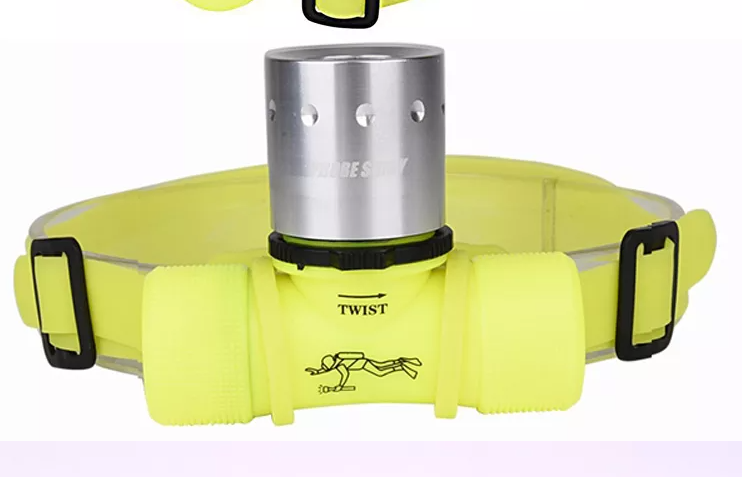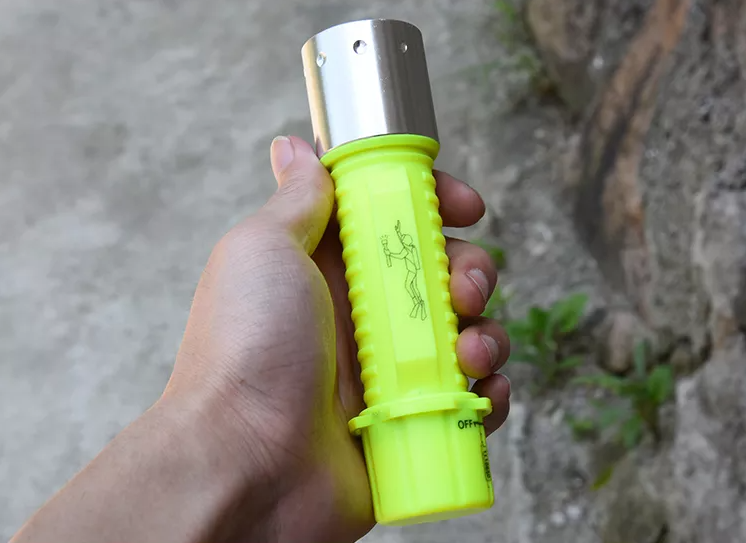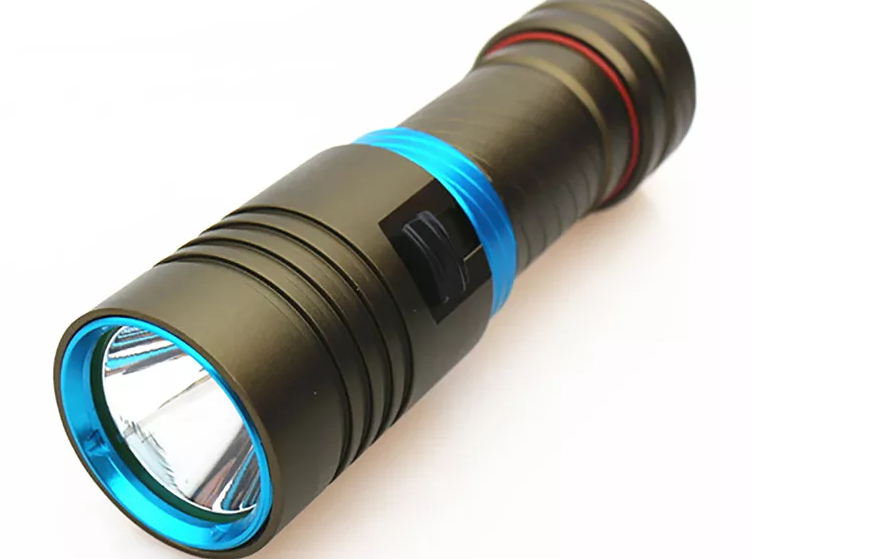Night diving is a very exciting and thrilling sport, at this time there is no sunlight into the sea, moonlight brightness is too low, there is not much light left by the water. Divers must use lighting equipment such as diving torches to appreciate the underwater world. Depending on the type of lighting they use, divers can see the phosphorescent glow of underwater life. They can see things they can’t see in the sun or at dusk, and they can spot creatures that are only seen at night. Night diving is one of those amazing experiences that every diver deserves.
Diving without an overnight break is also more dangerous than diving during the day. To be on the safe side, there are a few things you should be prepared for before going for a night dive.
1. Check the equipment
Common diving equipment – face mirror, breathing tube, fins, diving suit, buoyancy regulator, gas cylinder, breathing apparatus, instrument, counterweight belt, knife.
Extra equipment for night dives — a pointer, a diving flashlight — should be prepared in advance, and the batteries should be charged. And be familiar with how to use them. Additional equipment, such as underwater cameras and spare gas cylinders, can be selected according to the individual diving plan.
Divers should arrive at their dive site before sunset, leaving plenty of time to check their gear on shore, especially if they are taking their first night dive. Before diving, make sure that the equipment and spare equipment are in normal working order. If you have time, you can also test dive to see the condition of the equipment and get familiar with the water.
2. Familiarize yourself with latent hand signals at night
Using a diving flashlight to draw a circle means “OK”, swaying from side to side means “attention please”, and jerking up and down means an emergency. If you’re close enough, shine a light on your hand and make normal gestures to communicate. In addition, there are a variety of underwater signal language, it is best to practice more before diving, master the use of these light language. In addition, for ordinary night dives rather than cave dives, experienced divers can carry special pieces of cardboard with them to communicate by writing on them.
3. Choose familiar diving spots and make a diving plan
There are many obstacles under the sea, so we must be careful. Try to choose a dive site that you are familiar with, preferably one that you have done during the day. This way you will know in advance the distribution of the reef, dive entry and exit points, not easy to get lost. If you have never dived before, be sure to consult the water information, terrain, and weather conditions of the dive site. Arrive at the dive site in advance to observe the environment and confirm whether the water environment of the day is suitable for night diving. If it is not possible, it is better to stop the dive plan in time and wait for the next suitable environment for night diving.
4. Prepare mentally
Darkness can increase fear, and night diving can amplify the psychological stress of a diver. So choosing familiar dive sites, setting simple dive targets and routes, and working with a dive partner can reduce stress and relax you.
5. Physical preparation
Be careful not to schedule your meal too close to your dive time. If you are going for your first night dive, it is also necessary to bring a medicine kit in advance for common medications such as band-aids, seasickness medication, cold medicine, and laxatives. Make sure you’re in the best state of mind to dive.
Suggestions for the use of diving flashlight:
1. Turn on the light before you go into the water, but you must go into the water soon after. General diving light on the surface of the water to open for too long and the lack of water cooling will soon hot, the temperature will rise to 40-50 degrees, so as to damage the reflector and the glass lens of the flashlight, or damage the circuit of the flashlight.
2. After diving, try to lower your light intensity. The light is so strong that only you can see clearly, and both the fish and the diving partner are dazed. You can also shine a light on your chest from time to time so that your eyes can better adjust to the ambient light.
3. Remember to use the edge of the light to see underwater, not the brightest center of the aperture. Doing so would avoid disturbing underwater creatures. There are a lot of underwater microbes that use light to shine, and it’s a wonderful feeling to have a flashlight for them.
4. When moonlight and starlight have provided enough light, turn off the lights and let your eyes get familiar with the light around you. You will find that sometimes you can see different things under the water without turning on the light. Of course, it is important to remind you that switching the flashlight on and off at high frequency under water will reduce the service life of the flashlight.
5. Never shine a diving light in your partner’s face. A person with a light shining directly into his eyes will be unable to see anything for an instant. For the same reason, don’t point your dive lights at the boat once you’re on the surface, because the people on board won’t be able to see where you are either.
Post time: Jan-11-2023

















